
If you imagine someone who has been poisoned, what comes to mind?
Frothing at the mouth?
Gasping for breath?
Eyes bulging from their sockets?
While this may be how you fantasise the mother-in-law going down, these are only signs of the most extreme case of poisoning.

But not carbon monoxide poisoning. This natural gas has no smell, colour or taste, and inhaling it can overcome you in just minutes.
And that, ladies and gents, is how it leads to thousands of unintentional deaths and ER visits worldwide, each year.
Before you start to panic, we’re going to give you the straight dope to keep yourself and your family safe from this silent killer.
In our ultimate carbon monoxide guide, we’ll cover:
Get a Fast Air Con
Quote Today!
Not to be confused with carbon dioxide (CO2), which occurs naturally in the earth’s atmosphere and is what we exhale when we breathe.
We’re talking about carbon dioxide’s a*sehole cousin—carbon monoxide (CO).
CO is a gas produced by the incomplete burning of material that contains carbon. Think fuel sources such as petrol, wood, natural gas, charcoal, kerosene, and oil.
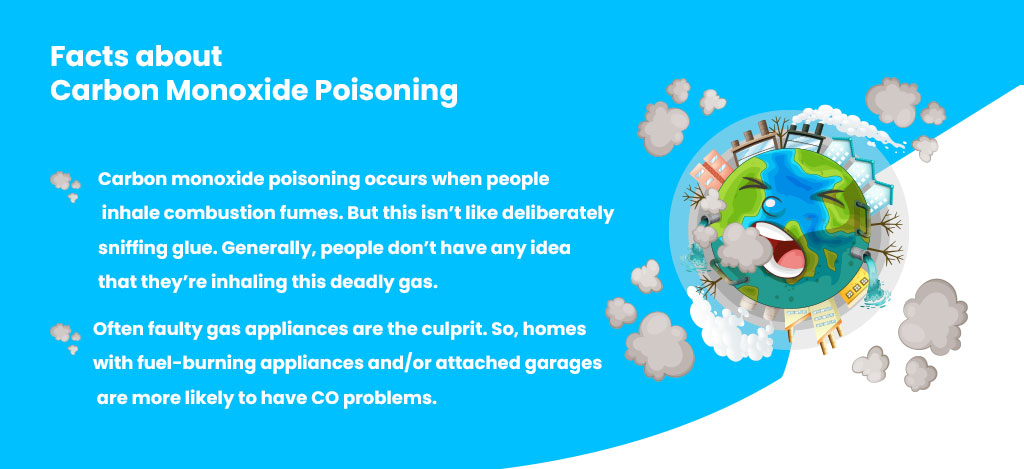
Carbon monoxide poisoning occurs when people inhale combustion fumes. But this isn’t like deliberately sniffing glue. Generally, people don’t have any idea that they’re inhaling this deadly gas.
If there is too much carbon monoxide in the air, your body replaces the oxygen in your red blood cells with CO. It will deprive your heart, brain and other vital organs of oxygen.
When CO builds up in the bloodstream, it can lead to severe tissue damage, and in the worst case, death.
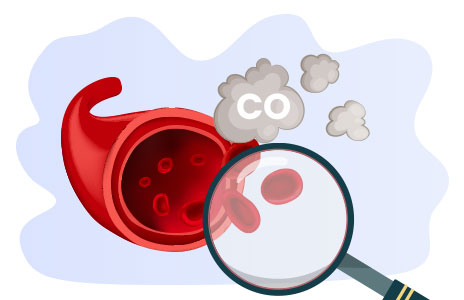
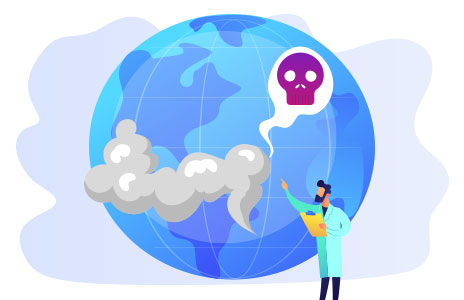
Natural gas poisoning is a silent destroyer because often, people ignore the signs—which can often look like the flu. Unfortunately, not recognising and ignoring the symptoms can eventually lead to suffocation and a loss of consciousness.
You know you’ll have CO poisoning if:
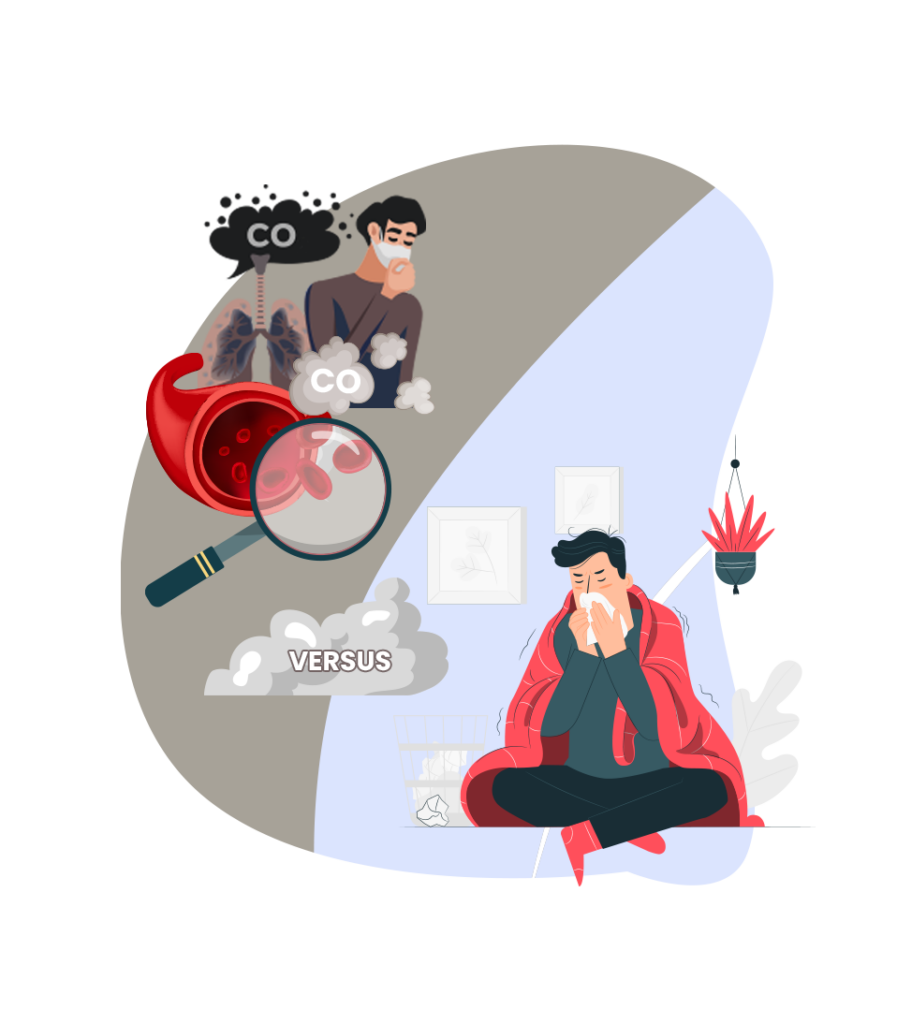
Unfortunately, by the time you do notice symptoms, it may be too late to reverse the effects of carbon monoxide poisoning.


Symptoms can vary widely from person to person. Also, gas poisoning may occur earlier in unborn babies, young children, the elderly, people with heart or lung disease, people living in high altitudes, and people with elevated CO blood levels, such as smokers.
Carbon monoxide poisoning can be particularly dangerous for people sleeping or who have passed out from a big night on the booze.
The result could be irreversible brain damage or death before anyone realises there's a problem.
Often faulty gas appliances are the culprit. So, homes with fuel-burning appliances and/or attached garages are more likely to have CO problems.
Common sources of CO at home include:

No doubt you’ve got many of these fuel-burning sources around the home. But there’s no need to stress, as the typical amount of CO they produce isn't a cause for concern.
Just make sure you operate your fuel-burning appliances and engines in well-ventilated areas, as CO can build to dangerous levels if you use it in closed or partially closed spaces.
And, don’t forget to get older appliances checked each year by a licensed professional.
You can also expose yourself to CO gas while you’re camping, fishing, hunting and boating.
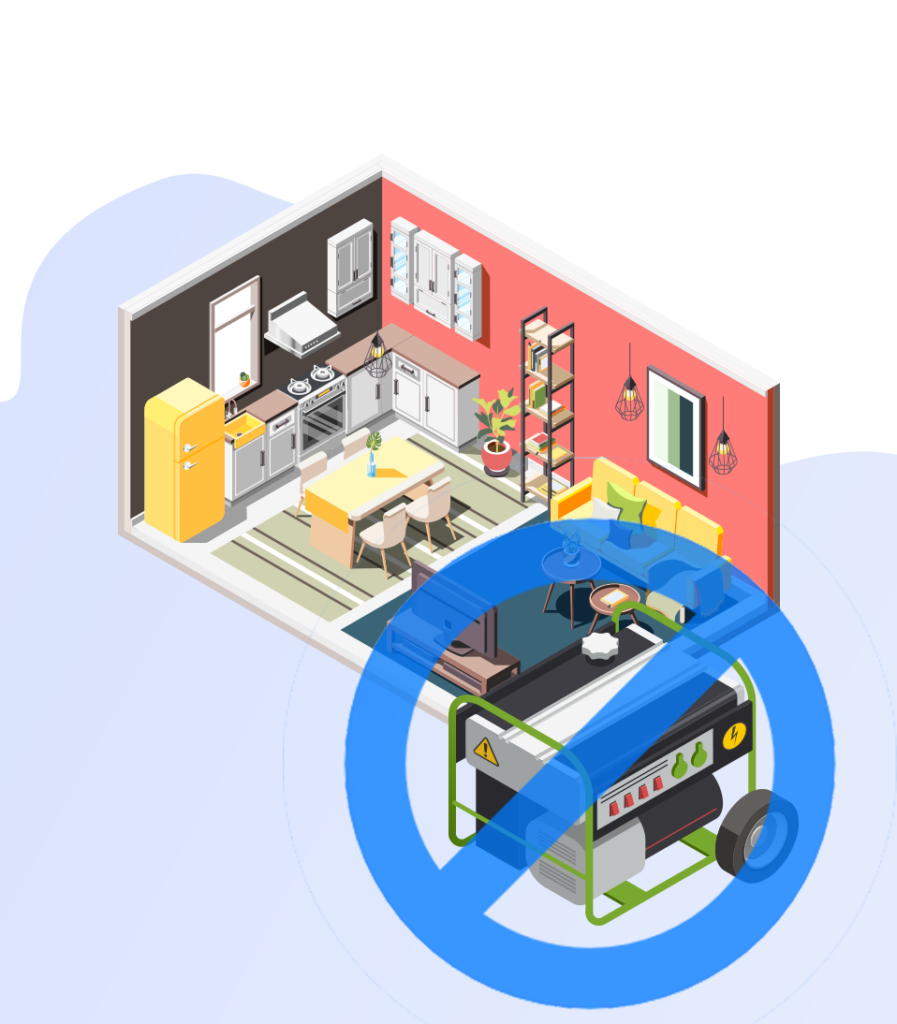
Before you head off on your next weekend away in the great outdoors, take the following into account:
Ideally, the level of carbon monoxide inside your home should equal the CO levels outside.
The natural concentration of outdoor carbon monoxide indoors should measure no more than two parts per million (ppm) averaged over 8 hours. These levels are well below international concentration standards of 9 ppm.
If you find the CO concentrations are higher inside your home than out, you have a carbon monoxide source inside or close to your home.
Is carbon monoxide poisoning reversible?
Yes!
But only if you catch it in time.
Unfortunately, there is no treatment for carbon monoxide poisoning at home. So, if you suspect CO poisoning, you’ll need to call emergency services or get your butt to the hospital ASAP.
This is because to treat carbon monoxide poisoning, you’ll need a non-rebreather mask (oxygen masks with a plastic bag attached). This device forces out the carbon monoxide bound to the hemoglobin and replaces it with oxygen.
You will need 100% oxygen concentration for more than 5 hours to remove CO from your bloodstream.
Sure does. If you do recover from CO poisoning, it can still result in a permanent injury, such as:
The severity of these complications depends on the degree and length of your exposure to CO.
If carbon monoxide poisoning has occurred in your home, you must find and repair the source of the carbon monoxide before you re-enter.
Implementing some simple precautions can help prevent a nasty case of poisoning at home.
Never leave your car to warm up in your garage, especially if it is attached to the house—even with the garage door open.


Only use your appliances as you’re meant to use them. For example, don’t use a gas stove or oven to heat your home, or bring a portable gas camp stove inside. If you have fuel-burning space heaters, only turn them on when someone is around to monitor them. And don't run a generator indoors.
Methylene chloride is a solvent commonly found in paint and varnish removers. It breaks down into carbon monoxide when inhaled—causing carbon monoxide poisoning. Only use solvents outdoors in well-ventilated areas, and follow the safety precautions on the label.
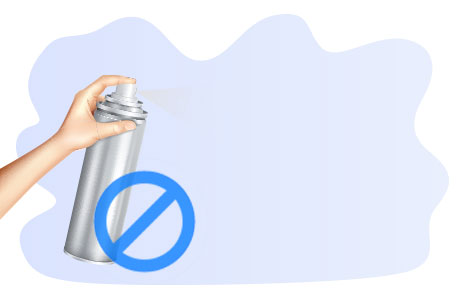
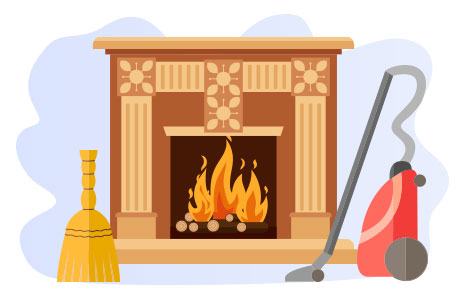
Clean the chimney and flue annually. If you’re remodelling, make sure vents and chimneys are clear of tarps or debris—the same goes for an indoor wood heater.
If you have an indoor fuel heater, get it checked by a licensed professional before winter hits to ensure it’s not leaking or generating excess carbon monoxide.
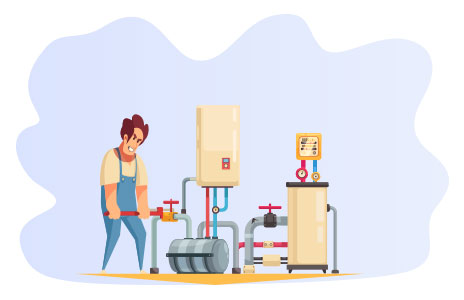

Who needs carbon monoxide detectors? While it’s not a legal requirement, we recommend that every type of lodging, boat, and caravan has one.
Many people die of carbon monoxide poisoning in their sleep because they don’t have CO detectors to alert them of an outbreak.
Place the carbon monoxide detector on the ceiling outside each bedroom and in shared areas in your home.
Check the batteries as often as you check your smoke detector’s—at least twice a year.
Carbon monoxide detectors pick up unusually high levels of CO in the air. Most sensors use one of three possible methods for detecting CO gas.
So, if the carbon monoxide detector goes off, don’t ignore it!
Get pets and everyone out of the house and into the fresh air pronto. If a family member is unconscious and you can’t move them, turn off the suspected source and open doors and windows. Then call an ambulance immediately.
Do not re-enter your home until emergency responders tell you it’s safe to do so.
If they found no signs of carbon monoxide in your home, try resetting your alarm. If the carbon monoxide alarm won’t stop beeping, contact the manufacturer pronto.

You’ll find many suitable carbon monoxide detectors to buy. In addition, some smart thermometers also include air pollution and CO sensors.
Consider the following to help you choose a good carbon monoxide detector for gas leaks:
You want the alarm to be loud enough to jolt even the deepest sleeper from slumber. As carbon monoxide poisoning causes drowsiness, you’re at an even greater risk of carking it when you’re asleep. So choose an alarm that’s audible from a couple of metres away—especially if you’re buying one for nanna and pop.
These detectors feature a digital display offering real-time readings and info regarding battery life, measured peak levels, and other helpful data.
Hardwired detectors connect to mains power, which means they’ll never stop working—unless there is a power outage. However, most feature backup batteries just in case. With this type, you’ll most likely need a professional to install it.
A battery-operated carbon monoxide detector is quite reliable, but you’ll need to change the batteries every few years or so. However, if you space out and forget to replace them, the device won’t set off the alarm. Although, usually, they come with a low battery warning.
Patch detectors don’t feature an audio alarm but rather a visual one. They work by changing colour if they detect high levels of CO. While this type is quite affordable, the lack of an audio alarm makes it less effective than other types.
Take the necessary precautions to keep your home, family, and pets safe. Save lives and grab yourself a carbon monoxide detector today.
Buying one for the mother-in-law, however, is optional.